In today’s article, Dr. Will Dabbs examines the Fairchild AC-119 gunship and its operations during the Vietnam War. Offered in two varieties — the AC-119G Shadow and the AC-119K Stinger — these gunships helped fill the need for close-air support for troops in contact and supply interdiction along the Ho Chi Minh trail.
The driver leaned forward over the steering wheel of his Soviet-supplied ZIL-157 truck and peered intently into the darkness. The big three-axle transporter bounced over the rutted track that defined the Ho Chi Minh Trail more by feel than sight. By the dim light of a gibbous moon, he could just make out the course of the road as it snaked through the jungle. He was only responsible for a few kilometers. That’s the way the Ho Chi Minh Trail worked.
An army thrives or dies based upon logistics. Lightly equipped Viet Cong and NVA troops had an insatiable thirst for ammo. His cargo this evening was Combloc M43 7.62x39mm ammunition along with stacks of B-40 rockets. It was a monumental undertaking to provide logistics support for the thousands of VC and NVA operating in South Vietnam. His small part in that huge machine was this short stretch of road.
NVA planners used the same drivers for each road segment. The driver and his mates would accept trucks from the previous segment, drive through the part for which they were responsible, and then pass off the trucks to the next team. They would then return to the starting point. In so doing they came to know every meter of the track. He was so familiar with his piece of the course he could drive it slowly in the dark. That was by design.
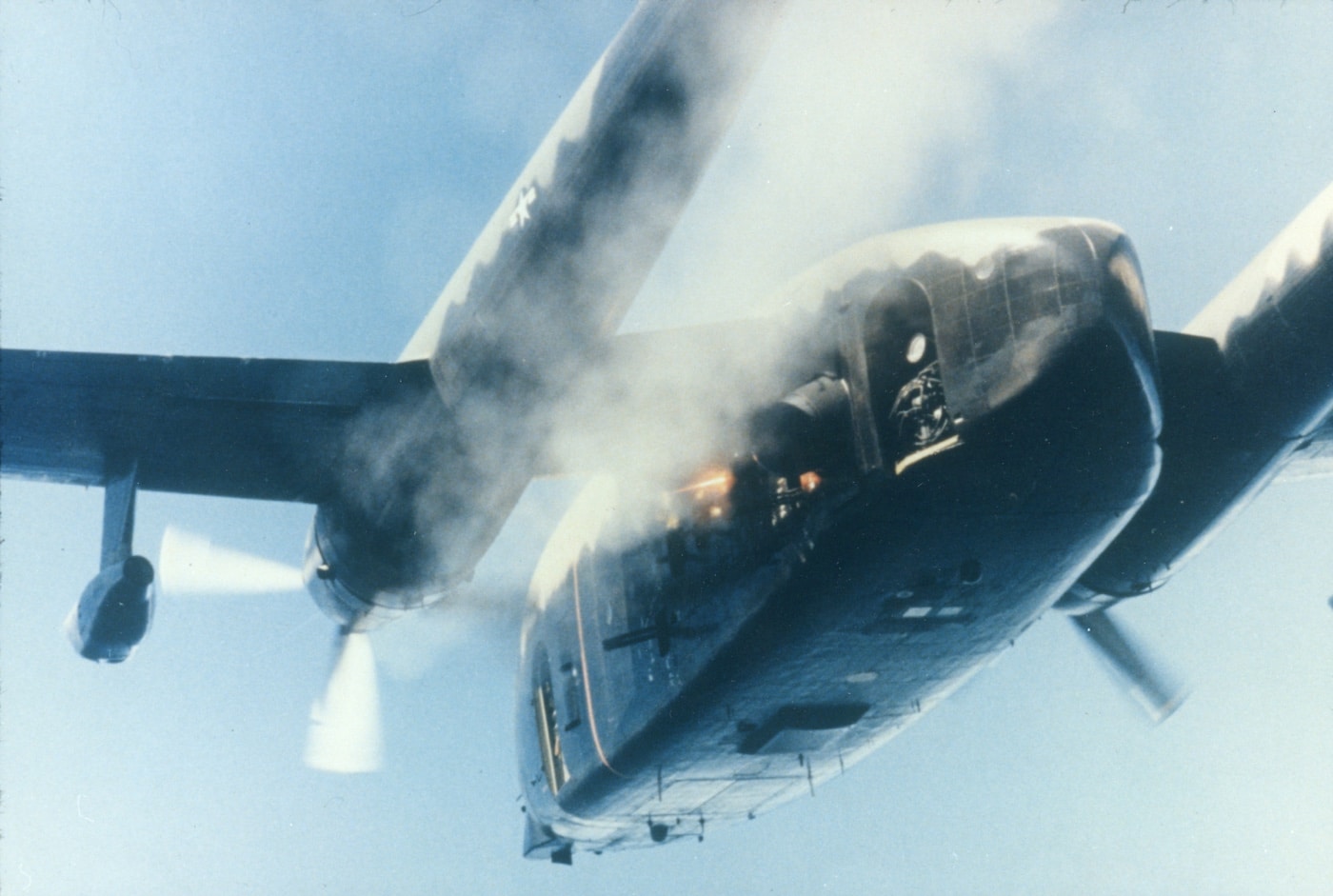
American airplanes were everywhere, day and night. The North Vietnamese had attempted a brief run in daylight only to get pulverized by Yankee fighter bombers. Now he eased his way forward as he had done so many times before. Then he saw the light.
The light was unnaturally white and seemed brighter than the sun. The thick shaft moved soundlessly down the trail towards him, following its unique contours. Its top seemed to disappear into space above the jungle. The driver was mesmerized by the sight.
Before he knew it, the brilliant shaft of penetrating white light bathed his truck and stopped. The area around his ZIL shone like midday. That’s when he realized what it was. Without further hesitation, he left the truck in gear and dove out of the driver’s door. He had time to scramble into the jungle before the entire world exploded.
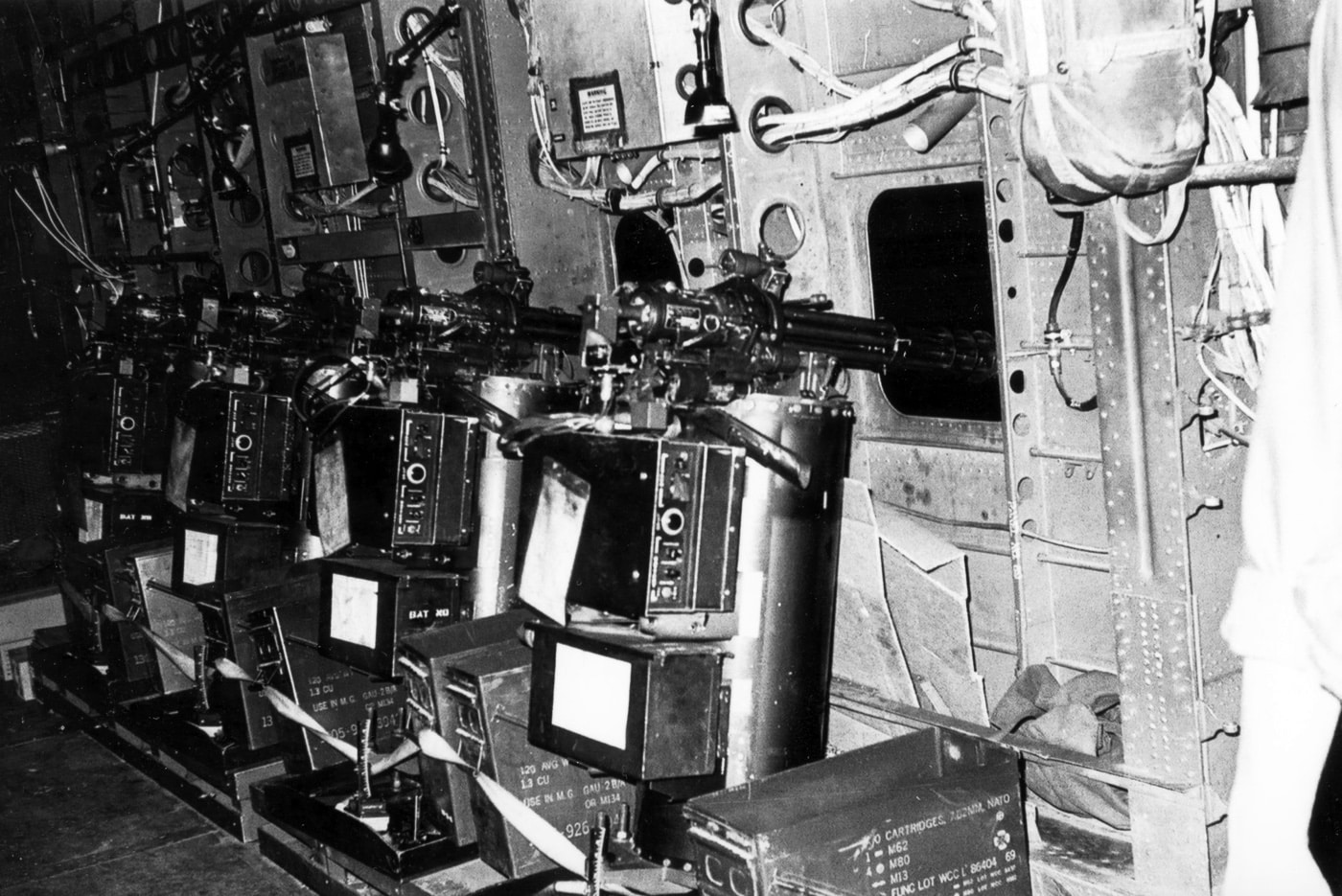
The truck was instantly immolated in a sleet of exploding cannon shells. His cargo sympathetically detonated and spread what remained of his vehicle over a 50-meter radius. Throughout it all, the driver burrowed as deeply into the fetid jungle as he was able, hoping to remain invisible.
As soon as it began, the attack was over. The surreal shaft of bright white light moved on from the remains of his truck and began tracking further down the trail. The driver, for his part, breathed a quick prayer of thanks to whatever god might be listening and clambered back onto the jungle track. He took a moment to catch his breath before heading back in the direction from which he had come. There would soon be more trucks.
Death Lurks in the Dark
The war machine that so efficiently obliterated his Soviet ZIL was the little-known AC-119K Stinger gunship. The AC-119K was one of two gunship versions of the C-119 Flying Boxcar.
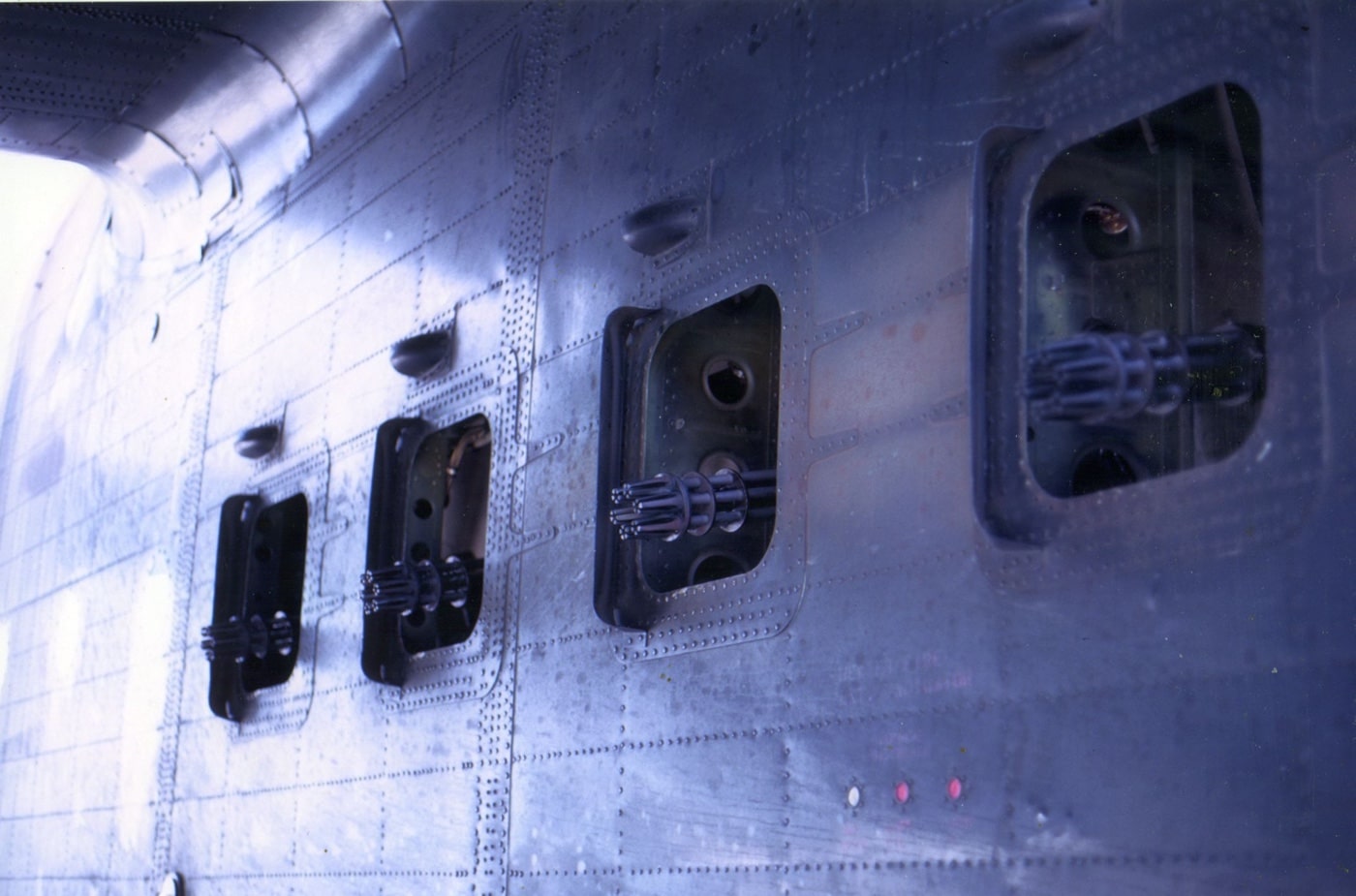
The AC-119G was called the Shadow. It was primarily designed for close-air support for American and allied troops in Vietnam. The AC-119K Stinger was purpose-designed to destroy supply trucks in the dark.
AC-119 Roots and Contemporaries
The Douglas AC-47 Spooky was an adaptation of the WWII-vintage C-47 cargo plane that was itself a militarized version of the DC-3 civilian airliner. The gunship versions sported three General Electric GAU-2/A 7.62x51mm miniguns mounted on the pilot’s (port) side of the aircraft. Two guns fired through widows, while the third was set in the cargo door.
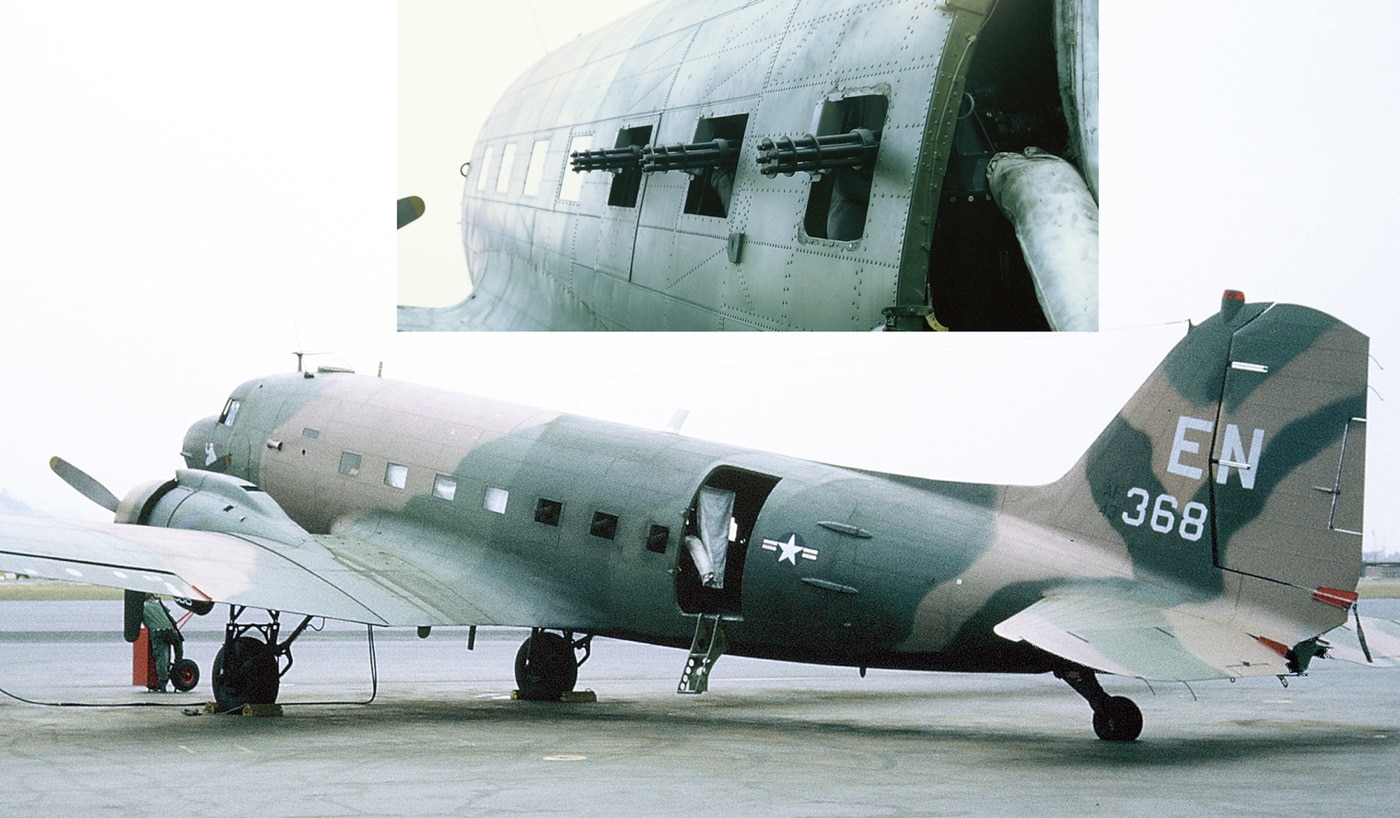
While these lumbering gunships were pure death against troops in the open, they primarily served as a solid foundation for more capable systems to come. The result was the Lockheed AC-130 Spectre gunship.
The Spectre was a heavily armed gunship version of the Lockheed C-130 Hercules cargo plane, and it was fabulously successful. However, standard C-130 planes were in great demand supporting the ground war in SE Asia given their rugged construction and capacity to operate out of austere airfields. There just weren’t enough airframes to go around. As such, Air Force engineers turned to the piston-driven C-119.
The C-119 Boxcar Goes to War
The Fairchild C-119 Boxcar had been phased out of active service in favor of the C-123 Caribou and the C-130 Hercules. This proved fortunate as it meant the USAF Reserve had an ample supply of available aircraft to use as hosts for a gunship conversion.
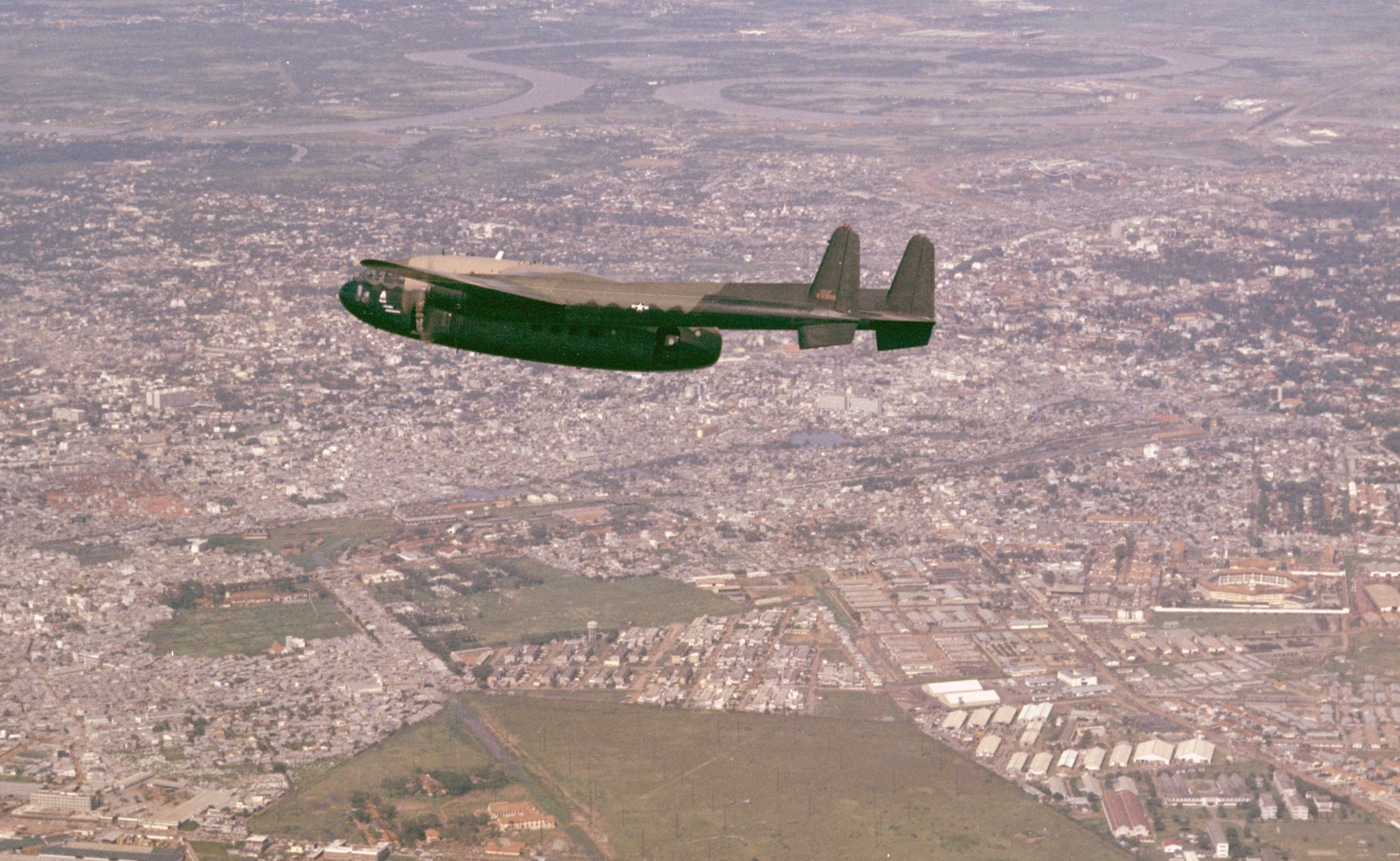
The program was called Project Gunship III (the AC-130 version was Project Gunship II) and involved converting 26 C-119G planes into the AC-119G Shadow. An additional 26 Boxcars were converted to the AC-119K Stinger.
The AC-119G featured a total of four GAU-2/A miniguns along with an extensive array of targeting and surveillance equipment. The subsequent K-model added a pair of M61 Vulcan 20mm rotary cannons along with a pair of underwing General Electric J85 turbojet engines to help manage the extra weight. The structural conversions took place at the Fairchild-Hiller plant in St. Augustine, Florida.
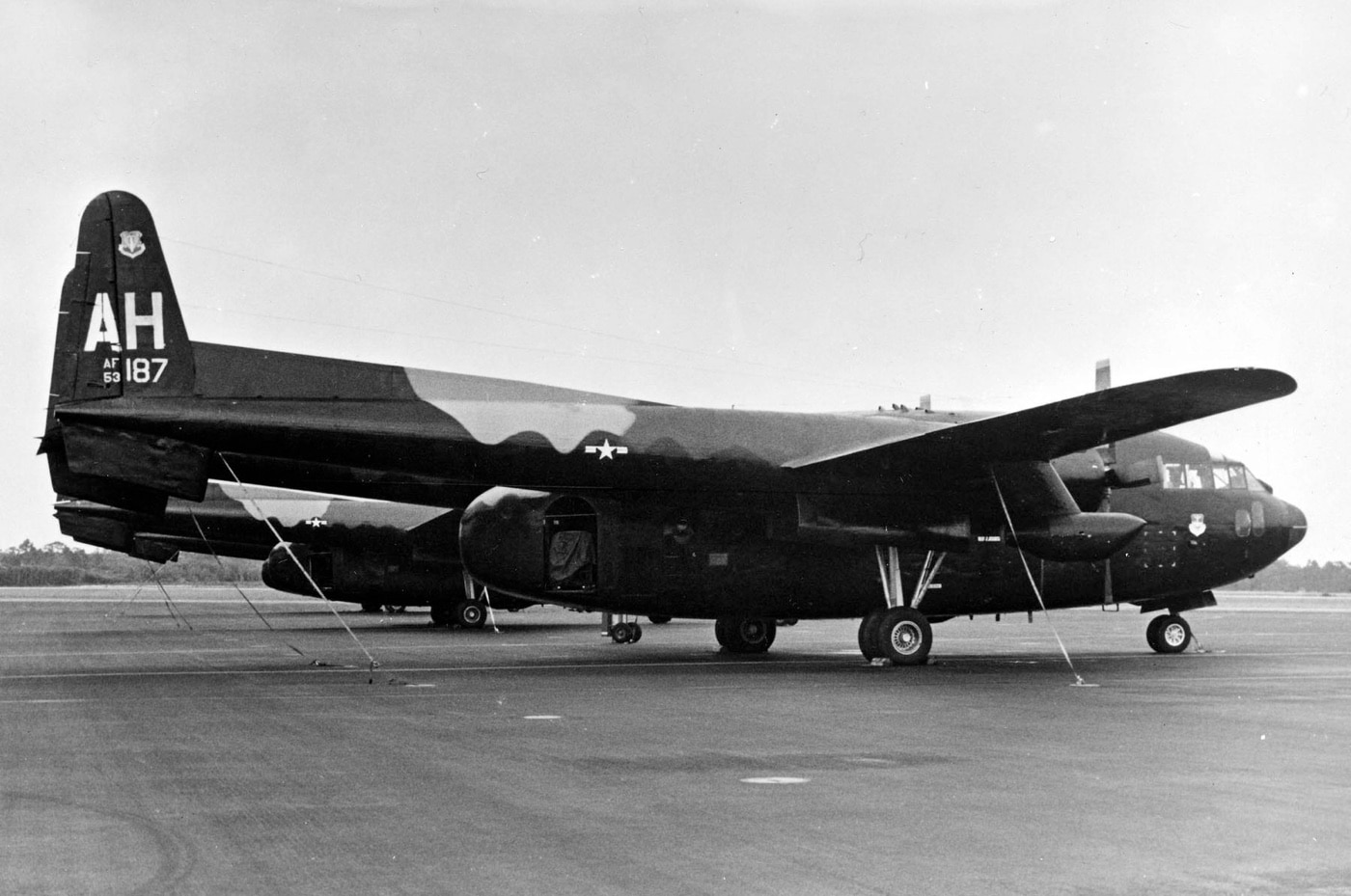
The miniguns were superb weapons against unprotected troops, but they were found wanting against trucks and similar heavy vehicles. They were also in somewhat short supply during the time when the AC-119 was being developed. By contrast, the M61 Vulcan fired high explosive 20mm rounds at a maximum rate of 6,000 rounds per minute and was pure death against North Vietnamese trucks.
The AC-119K also included an AN/APN-147 Doppler navigation radar, an AN/AAD-4 forward-looking infrared sensor, an AN/APQ-133 side-looking beacon tracking radar, and an AN/APQ-search radar. When used in conjunction with an AVQ-9 xenon searchlight, low-light night observation systems, and an LAU-74/flare launcher, the AC-119K was fully capable of detecting, targeting, and destroying North Vietnamese trucks as they moved down the Ho Chi Minh Trail in pitch darkness.
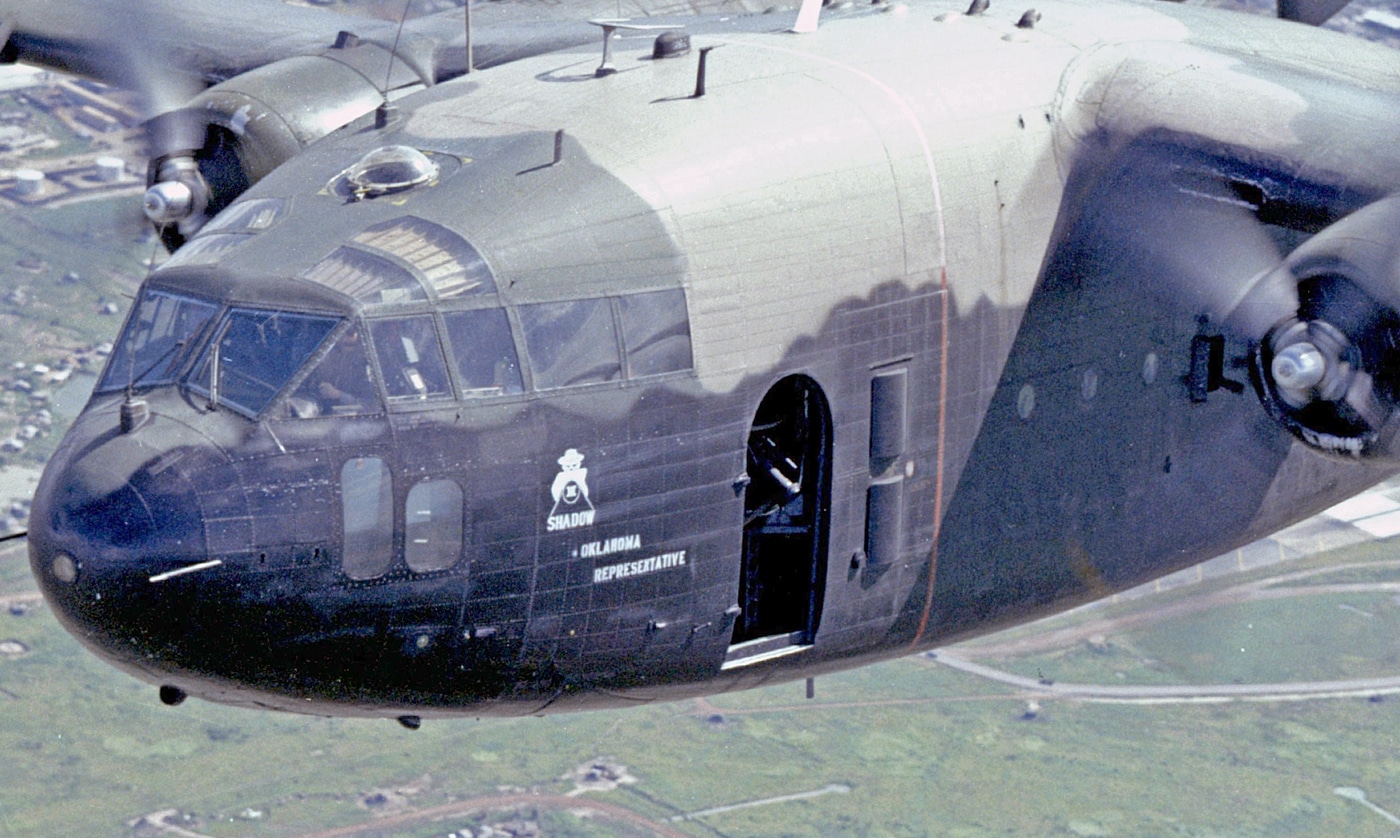
The AC-119K utilized twin Wright R-3350-85 Duplex-Cyclone 18-cylinder radial engines each producing 2,500 horsepower. This was the same powerplant used by the Boeing B-29 Superfortress and the Douglas A-1 Skyraider. The AC-119K carried 1,500 rounds for each minigun along with 60 Mk 24 flares.
Ruminations
For troops embroiled in a firefight, support from fixed-wing gunships like the AC-119G could make all the difference. One of the lingering stories from Vietnam tells the tale of an American Special Forces unit that called for air support. As one variation of the story goes, when told that F-4 Phantom fighter-bombers were on the way, the commander shouted into his radio “F%#* the F-4 — get me a Shadow!”
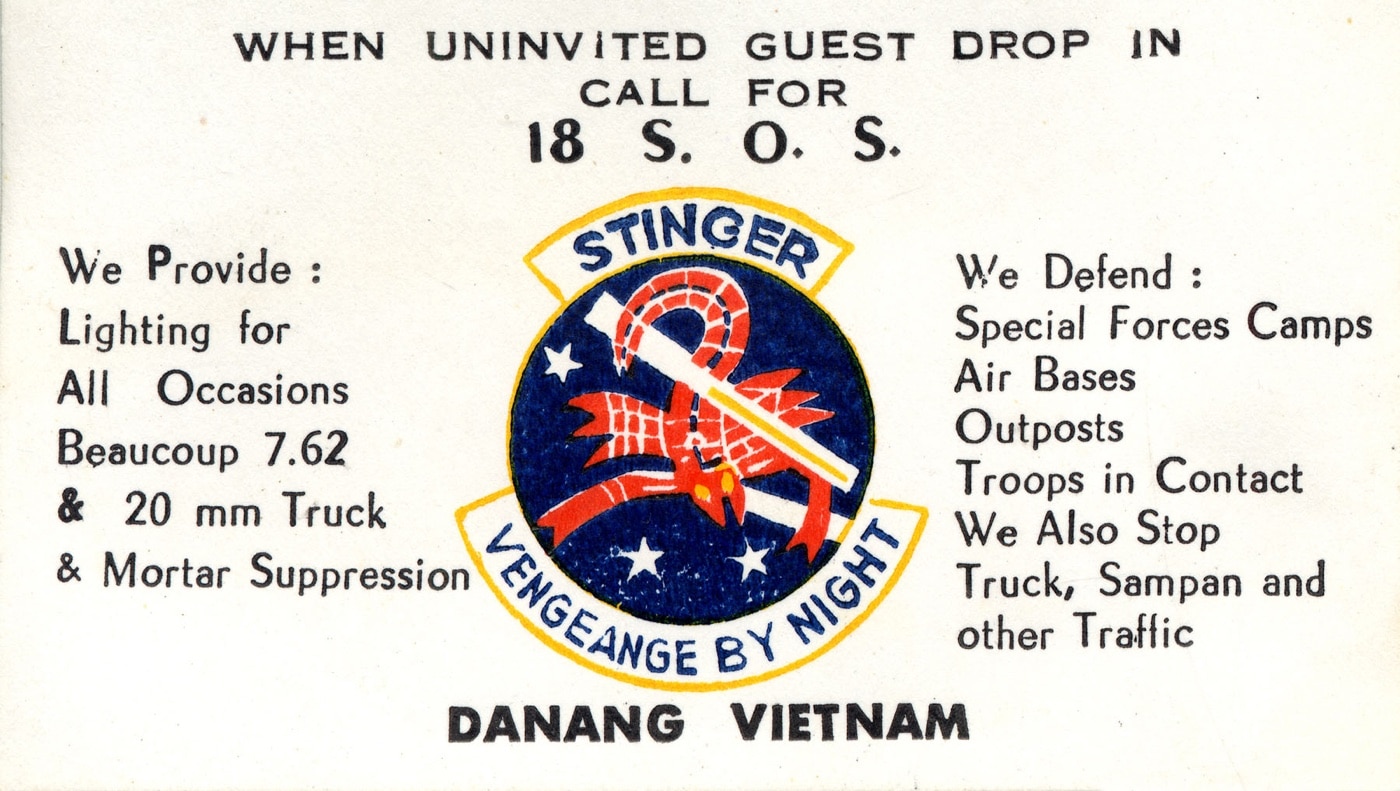
The AC-119G and K continued in American service into 1972 before being handed over to the Republic of Vietnam Air Force (RVNAF). The RVNAF continued to operate the type until 1975 when Saigon was overrun. Five AC-119 gunships were lost to combat action during the war.
The AC-47 started this party, and the AC-130 Spectre got all the press. However, the AC-119 absolutely played a pivotal role in close air support and in slaughtering trucks along the Ho Chi Minh Trail. In so doing, the G’s directly saved lives while the K’s put a proper dent in the logistics support flowing from the north to keep the VC and NVA supplied in the field.
Editor’s Note: Please be sure to check out The Armory Life Forum, where you can comment about our daily articles, as well as just talk guns and gear. Click the “Go To Forum Thread” link below to jump in and discuss this article and much more!
Read the full article here

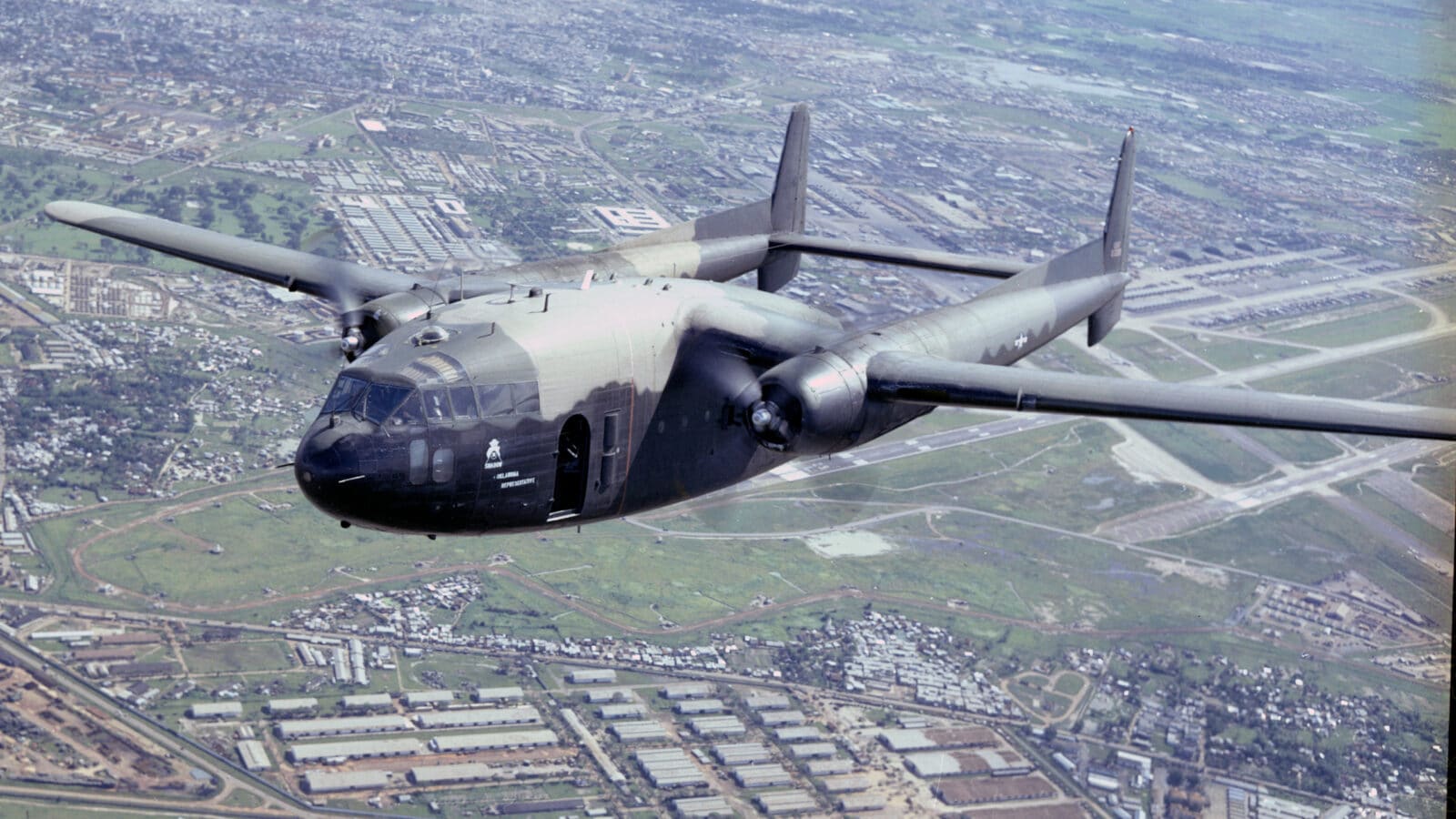
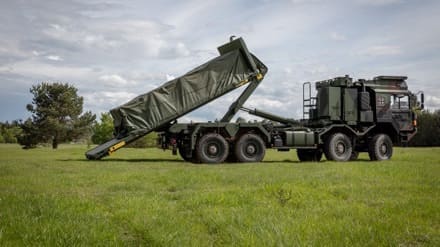
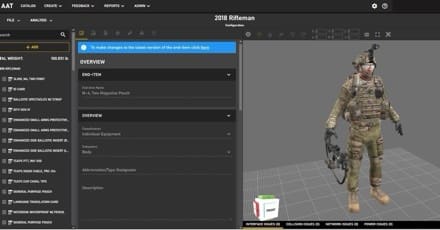
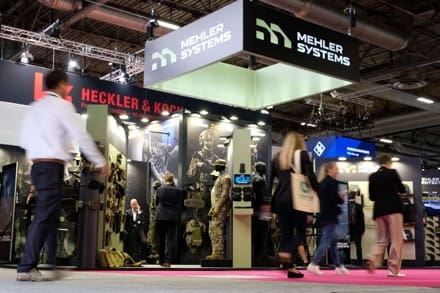
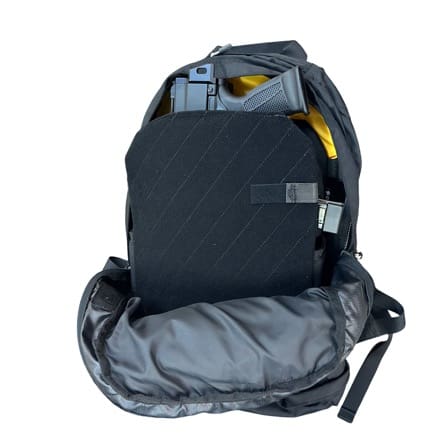

Leave a Reply